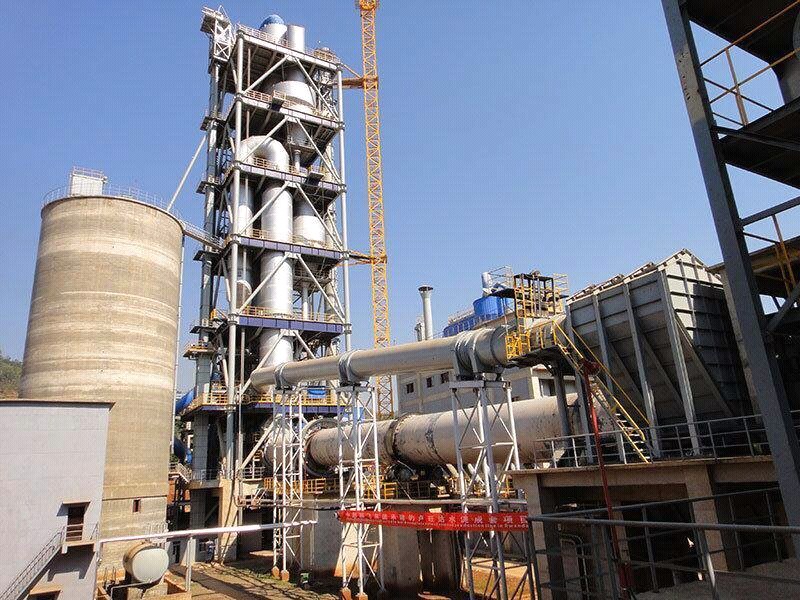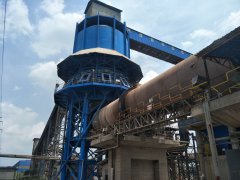A cement rotary kiln is a large, rotating cylindrical furnace used in the production of cement clinker. The term "clinker" refers to the semi-finished product of the cement manufacturing process, which is a combination of raw materials that are heated in the cement kiln and then ground to produce cement. The cement rotary kiln is a key component in the cement manufacturing process.
1. Raw Material Processing: The raw materials used in cement production, typically limestone, clay, shale, and other minerals, are processed in the kiln. These raw materials are finely ground and mixed to form a raw meal.
2. Chemical Transformation: The raw meal is fed into the cement rotary kiln, and the high temperatures inside the kiln (over 1400 degrees Celsius or 2550 degrees Fahrenheit) cause a series of complex chemical reactions. This process, known as clinkerization, results in the formation of clinker.
3. Clinker Formation: The clinker is the nodular material produced in the rotary kiln as a result of the chemical reactions. It consists of small, rounded nodules that are ground into a fine powder to produce cement.
4. Rotary Structure: Similar to other rotary kilns, a cement rotary kiln has a long, rotating cylindrical shell. The kiln rotates on its axis, and the inclination of the kiln allows the raw materials to move from the feed end to the discharge end.
5. Heat Source: The heat required for clinkerization is provided by a direct flame or hot gases generated by burning fuels such as coal, natural gas, or alternative fuels. The heat source is directed into the kiln to elevate the temperature inside.
6. Controlled Environment: The controlled rotation and temperature distribution inside the rotary kiln are crucial for the efficient and uniform production of clinker. The kiln's design ensures that the raw materials undergo the necessary chemical transformations.
7. Cooling and Grinding: After leaving the cement rotary kiln, the clinker is rapidly cooled and then ground to produce cement. The final product is Portland cement, which is one of the most widely used types of cement.
8. Dust Collection: Dust and emissions generated during the cement manufacturing process are managed using dust collection systems to meet environmental standards.
Cement rotary kilns are central to the cement manufacturing process and are used worldwide in the production of cement for construction projects. The efficiency and control of the kiln play a critical role in determining the quality and properties of the final cement product.



